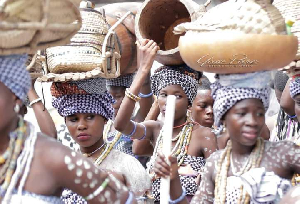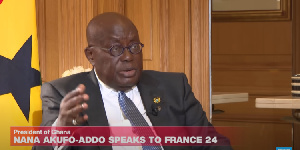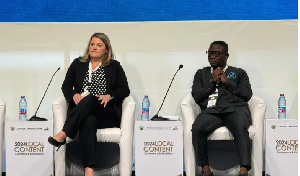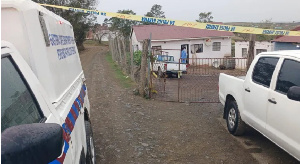Historic Account Blog of Tuesday, 1 November 2022
Source: Ras Tbc Ofoe
The Hogbetsotso Festival

The Hogbetsotso festival (pronounced Hogbechocho) is celebrated by the chiefs and people of Aŋlɔ (Anlo) in the Volta region of Ghana.
Some major Aŋlɔ (Anlo) towns include Anloga (capital), Keta, Kedzi, Vodza, Whuti, Srogboe, Tegbi, Dzita, Abor, Afiadenyigba, Anyako, Konu, Alakple, Atsito , Atiavi, Deʋegodo, Atorkor, Tsiame and many other villages.
The festival is celebrated annually on the first Saturday in the month of November at Anloga which is the customary and ritual capital of the Anlo state.
The name of the festival is derived from the Ewe language and translates as, the festival of exodus. or "coming from Hogbe (Notsie)". The celebration of the festival was instituted about four decades ago.
Various ceremonies are held during the festival. They include a peace-making period in which all disputes are ended with the finding of an amicable solution.
It is believed that the reason for this traditional period of peacemaking is that the people believe their ancestors lived in harmony with themselves all through their escape from Notsie and that it was this character that made their sojourn a success.
There is also a purification ceremony of the ceremonial stools (where the Ewe believe the ancestral spirits reside) through the pouring of libations.
This is followed by general cleaning where all the villages are swept and rubbish burnt. This cleaning ceremony starts at the Volta River and ends after several days at the Mono River in the Republic of Togo.
The climax of the festival involves a durbar of the chiefs and people of Anlo. The chiefs dress in colourful regalia/ kente and receive homage from their subjects at the durbar grounds.
Various forms of dancing, singing and merry-making characterize the entire festival.
Entertainment










